H.R. 3704: Coordinated Federal Response to Extreme Heat Act of 2025
This bill, known as the Coordinated Federal Response to Extreme Heat Act of 2025, aims to enhance the United States government's response to extreme heat conditions and reduce their health risks. Below are the primary components and objectives of the bill:
1. Establishing a New Interagency Committee
The bill establishes the National Integrated Heat Health Information System Interagency Committee within the National Oceanic and Atmospheric Administration (NOAA). This committee will coordinate efforts across various federal agencies to address public health risks associated with extreme heat.
2. Defining Extreme Heat
The bill defines extreme heat as significantly higher than usual local temperatures, which can be characterized by:
- Duration
- Intensity
- Season length
- Frequency
3. Purpose of the Committee
The committee's main purpose is to ensure a unified federal approach to reduce health risks related to extreme heat. This includes:
- Developing a strategic plan to improve interagency cooperation on heat-health issues.
- Establishing protocols for communication, research, and resource sharing among agencies.
- Promoting partnerships with both federal and non-federal entities.
4. National Integrated Heat Health Information System (NIHHIS)
The bill mandates the establishment of the National Integrated Heat Health Information System, which will serve the following purposes:
- Enhancing the delivery of heat-related data, forecasts, and warnings.
- Developing tools and strategies for better decision-making regarding heat-related impacts.
- Supporting research on heat health through collaboration with involved agencies.
5. Data Management
The system will ensure that all data related to heat health is openly available to support various stakeholders' use of this information.
6. Funding Authorization
The bill authorizes appropriations of $5 million per year from 2025 to 2029 for NOAA to support the activities of both the interagency committee and the heat health information system.
7. Strategic Planning Timeline
The committee is required to submit a 5-year strategic plan to Congress within two years of the bill's enactment. This plan will outline the committee's goals, progress updates, and new priorities related to managing heat health impacts.
8. Collaboration with Various Entities
In carrying out its responsibilities, the committee must consult with:
- State, Tribal, and local governments
- International partners and organizations
- Research institutions
- Nongovernmental organizations
- Medical experts in emergency response
Relevant Companies
None found
This is an AI-generated summary of the bill text. There may be mistakes.
Sponsors
27 bill sponsors
-
TrackYassamin Ansari

Sponsor
-
TrackAlma S. Adams

Co-Sponsor
-
TrackNanette Diaz Barragán

Co-Sponsor
-
TrackWesley Bell

Co-Sponsor
-
TrackSean Casten

Co-Sponsor
-
TrackMaxine Dexter

Co-Sponsor
-
TrackDebbie Dingell

Co-Sponsor
-
TrackValerie P. Foushee

Co-Sponsor
-
TrackRobert Garcia
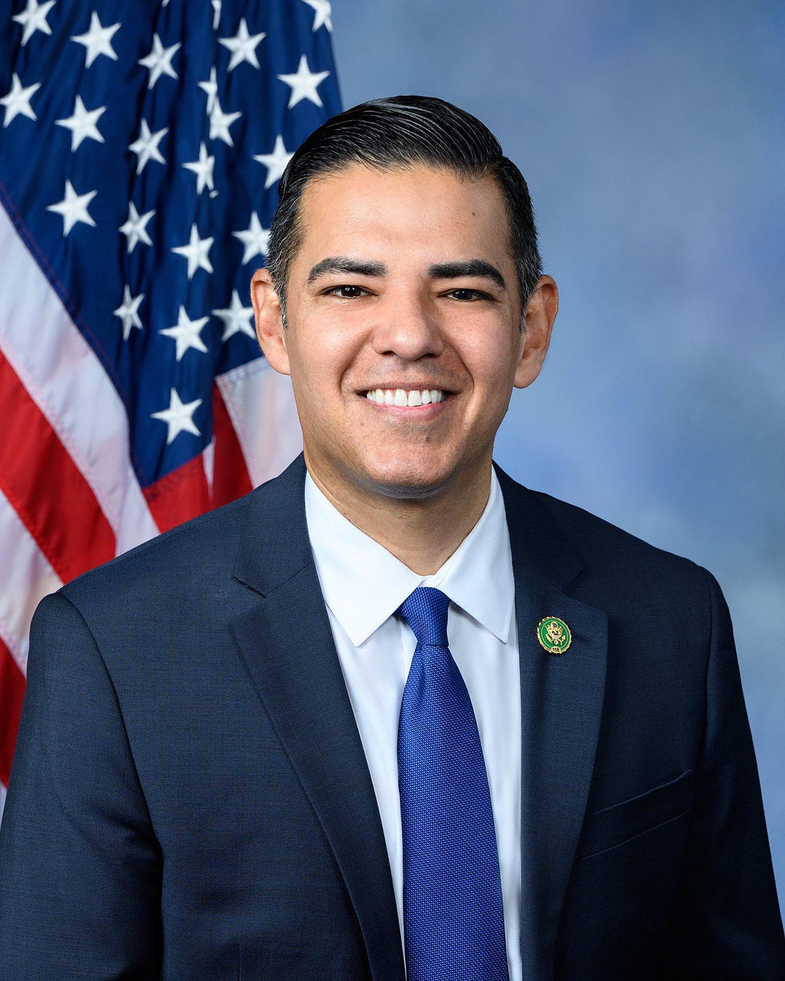
Co-Sponsor
-
TrackSteven Horsford
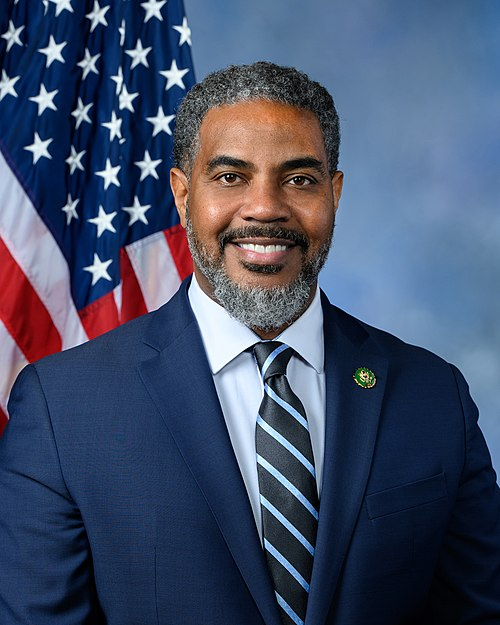
Co-Sponsor
-
TrackJared Huffman

Co-Sponsor
-
TrackPramila Jayapal

Co-Sponsor
-
TrackGreg Landsman

Co-Sponsor
-
TrackSam Liccardo
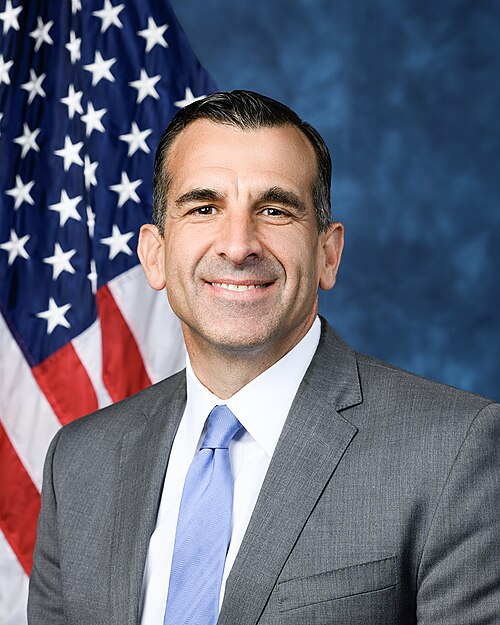
Co-Sponsor
-
TrackSeth Magaziner

Co-Sponsor
-
TrackApril McClain Delaney
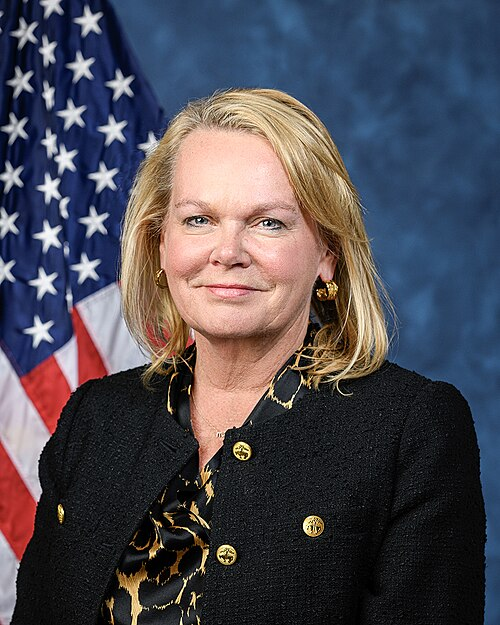
Co-Sponsor
-
TrackLaMonica McIver

Co-Sponsor
-
TrackKevin Mullin
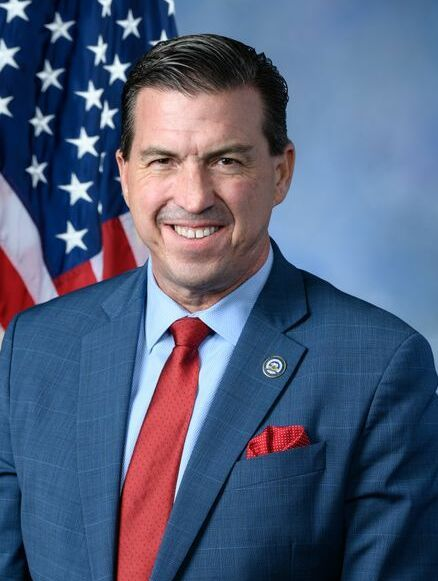
Co-Sponsor
-
TrackEleanor Holmes Norton

Co-Sponsor
-
TrackLuz Rivas

Co-Sponsor
-
TrackMary Gay Scanlon

Co-Sponsor
-
TrackGreg Stanton

Co-Sponsor
-
TrackDina Titus

Co-Sponsor
-
TrackBonnie Watson Coleman

Co-Sponsor
-
TrackGeorge Whitesides

Co-Sponsor
-
TrackNikema Williams

Co-Sponsor
-
TrackFrederica S. Wilson

Co-Sponsor
Actions
2 actions
| Date | Action |
|---|---|
| Jun. 04, 2025 | Introduced in House |
| Jun. 04, 2025 | Referred to the Committee on Energy and Commerce, and in addition to the Committee on Science, Space, and Technology, for a period to be subsequently determined by the Speaker, in each case for consideration of such provisions as fall within the jurisdiction of the committee concerned. |
Corporate Lobbying
0 companies lobbying
None found.
* Note that there can be significant delays in lobbying disclosures, and our data may be incomplete.
Potentially Relevant Congressional Stock Trades
No relevant congressional stock trades found.